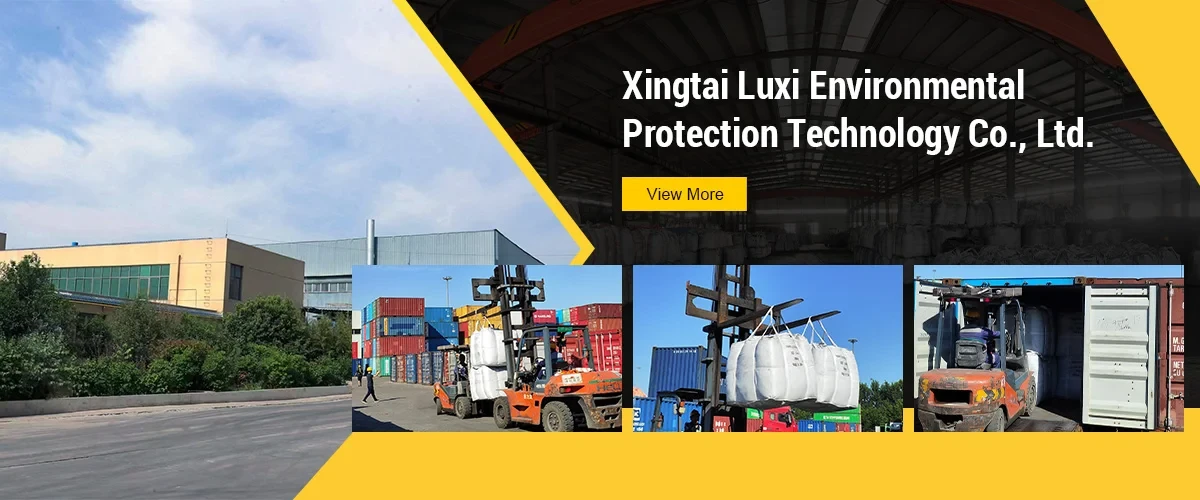Nov . 27, 2024 22:55 Back to list
Exporters of Pipe Insulation Materials and Their Benefits for Energy Efficiency
Insulation Materials for Pipes An Overview of Export Opportunities
In the global marketplace, insulation materials for pipes play a crucial role in a variety of industries, including oil and gas, chemical processing, water supply, and HVAC systems. The efficiency and effectiveness of these insulation materials directly impact energy consumption, operational costs, and environmental sustainability. This article explores various types of insulation materials for pipes, market dynamics, and export opportunities for manufacturers and suppliers.
Types of Insulation Materials
Insulation materials for pipes come in various types, each suited for specific applications based on factors such as temperature range, environment, and required insulating efficiency. Here are some common types
1. Fiberglass Insulation This is one of the most widely used insulation materials due to its excellent thermal performance and cost-effectiveness. Fiberglass insulation is lightweight, fire-resistant, and comes in various forms, including batts, rolls, and rigid boards. It is suitable for a temperature range of -20°C to 450°C, making it ideal for both hot and cold piping applications.
2. Mineral Wool Also known as rock wool, mineral wool offers superior fire resistance and acoustic properties. It is particularly useful in industrial settings where high-temperature pipe systems are prevalent. Mineral wool insulation is not only resilient to moisture but also has excellent thermal stability, making it suitable for high-temperature applications up to 1000°C.
3. Polystyrene Foam Available in both expanded (EPS) and extruded (XPS) forms, polystyrene foam is known for its high insulation value and moisture resistance. It is commonly used in chilled water pipes and refrigeration applications where preventing condensation is crucial.
4. Polyethylene Foam This flexible insulation material is lightweight and has excellent resistance to moisture and chemicals. It is often used for insulating pipes in residential plumbing systems, HVAC, and industrial applications.
5. Elastomeric Foam This is a type of synthetic rubber insulation that is flexible, durable, and resistant to moisture. Elastomeric foam is commonly used in refrigeration and air conditioning systems due to its ability to prevent condensation and maintain thermal efficiency.
Market Dynamics
The global demand for insulation materials for pipes is driven primarily by the growing focus on energy efficiency and sustainability in industrial operations. As companies seek to reduce energy consumption and meet regulatory standards, the adoption of advanced insulation materials has become essential. Additionally, ongoing investments in infrastructure development, particularly in emerging economies, are further stimulating market growth.
insulation materials for pipes exporter

The export market for insulation materials is robust, with regions such as North America, Europe, and Asia-Pacific leading the demand. Countries with significant industrial activity, such as China, India, and the United States, present substantial opportunities for exporters. Furthermore, the increasing emphasis on environmentally friendly products is prompting manufacturers to innovate and offer greener insulation options.
Export Opportunities
For manufacturers and suppliers of insulation materials for pipes, the export market presents lucrative opportunities. Engaging in international trade allows companies to diversify their customer base, enhance brand recognition, and maximize profit margins. However, entering the export market requires a thorough understanding of the target countries' regulatory frameworks, import tariffs, and market preferences.
To effectively tap into the export market, businesses should focus on the following strategies
1. Market Research Conduct in-depth research to identify potential markets, understand customer needs, and analyze competitors.
2. Quality Assurance Ensure that insulation materials comply with international standards and certifications, as this promotes trust and credibility among potential clients.
3. Networking Establish connections with local distributors, contractors, and industry stakeholders to penetrate target markets more efficiently.
4. Sustainability Practices Highlight environmentally responsible manufacturing processes and materials, as a growing number of consumers seek sustainable solutions.
Conclusion
The market for insulation materials for pipes holds significant promise for exporters. By leveraging the diverse range of insulation materials and focusing on strategic export initiatives, businesses can capitalize on the ongoing demand for efficient and sustainable solutions across various industries. Embracing innovation and understanding market dynamics will be key to success in this competitive landscape.
-
Eco-Friendly Granule Covering Agent | Dust & Caking Control
NewsAug.06,2025
-
Fe-C Composite Pellets for BOF: High-Efficiency & Cost-Saving
NewsAug.05,2025
-
Premium Tundish Covering Agents Exporters | High Purity
NewsAug.04,2025
-
Fe-C Composite Pellets for BOF | Efficient & Economical
NewsAug.03,2025
-
Top Tundish Covering Agent Exporters | Premium Quality Solutions
NewsAug.02,2025
-
First Bauxite Exporters | AI-Optimized Supply
NewsAug.01,2025
